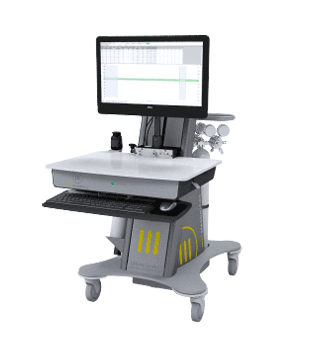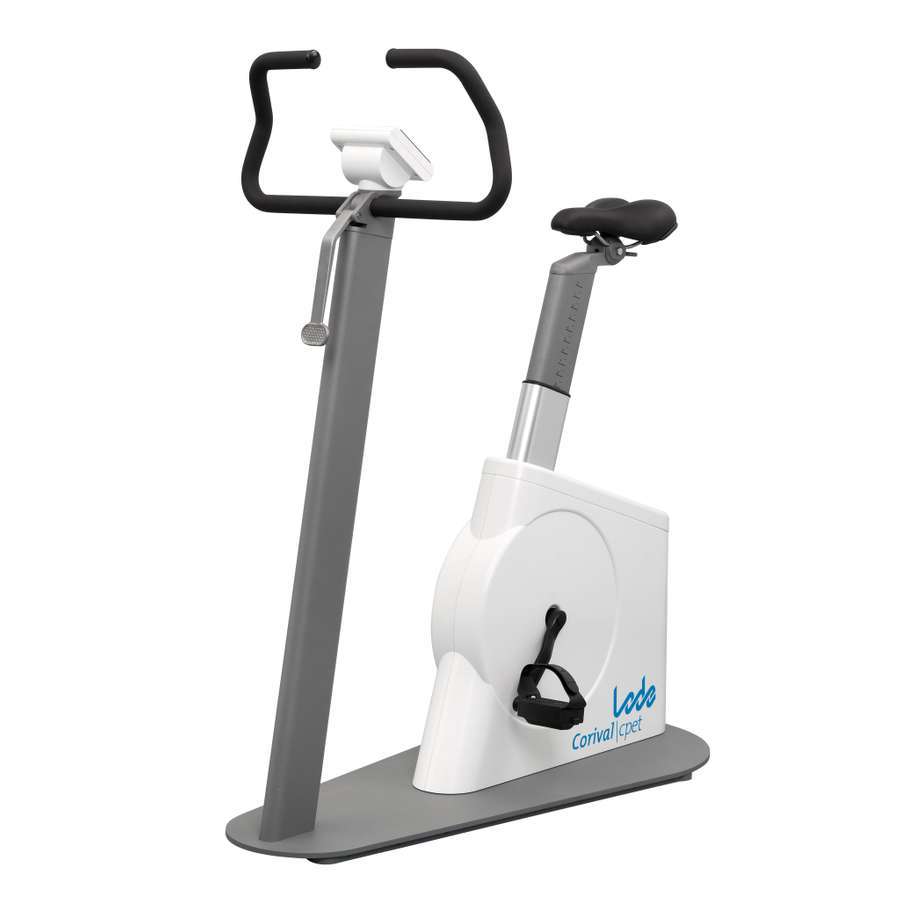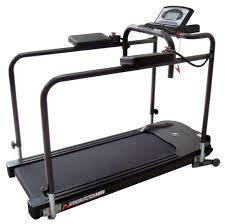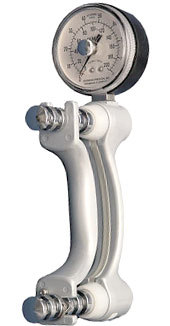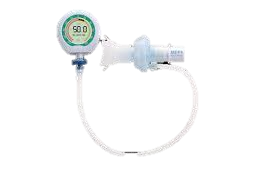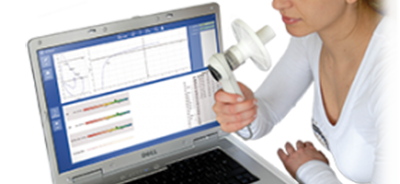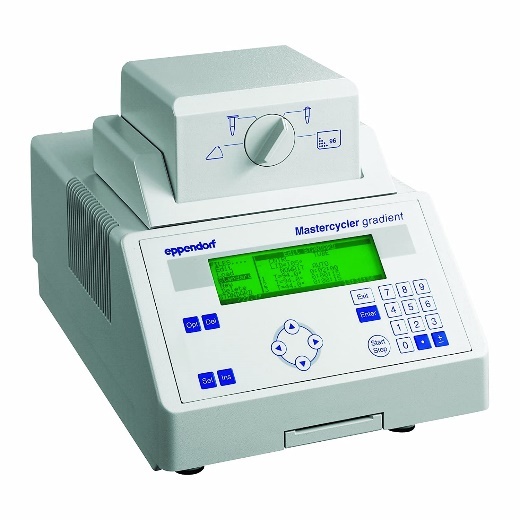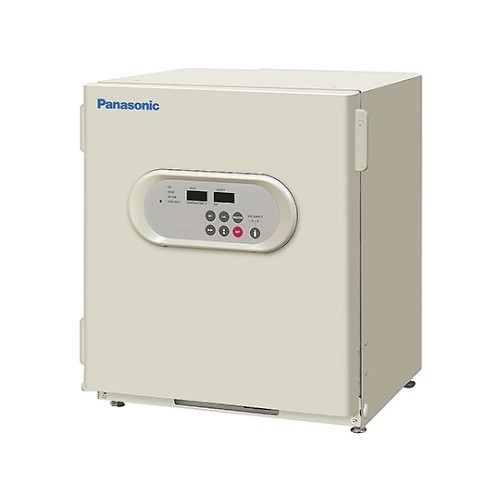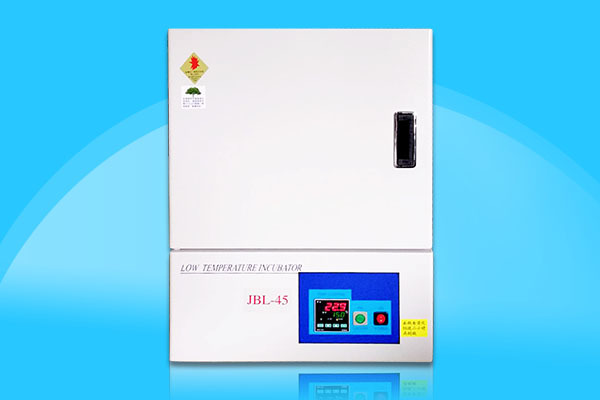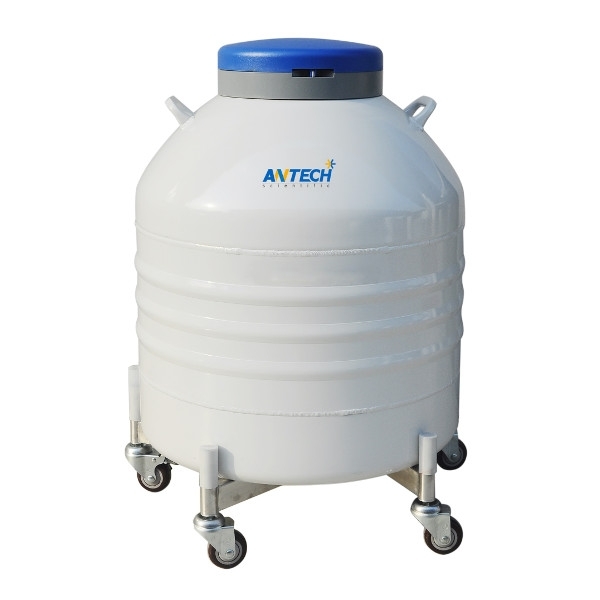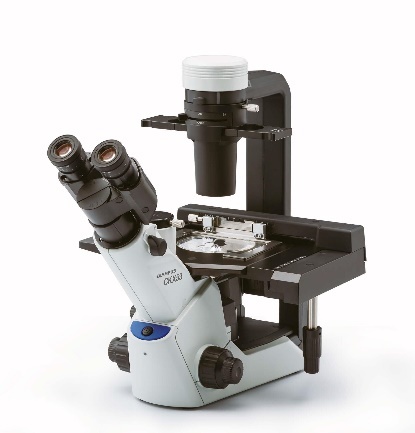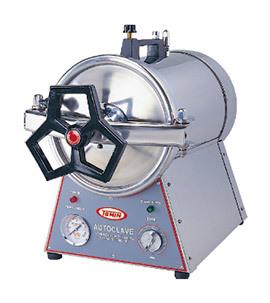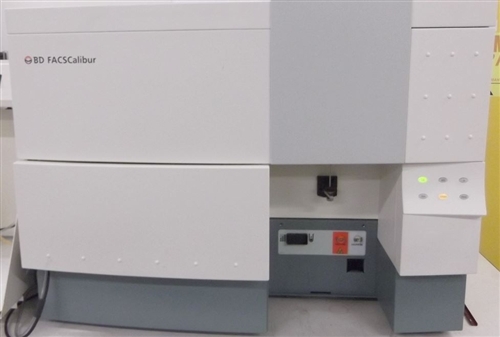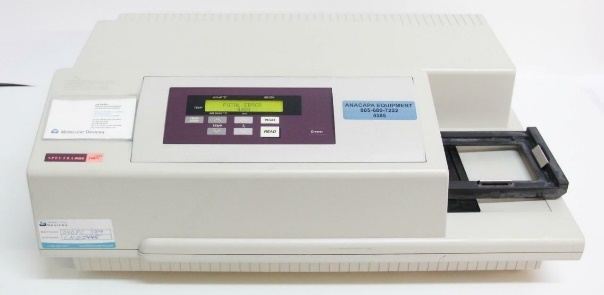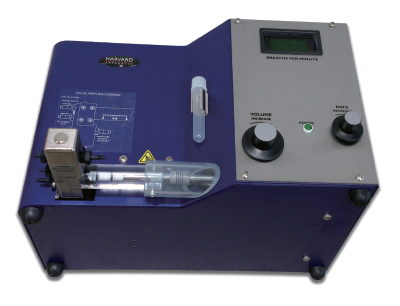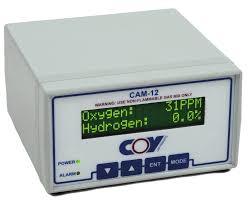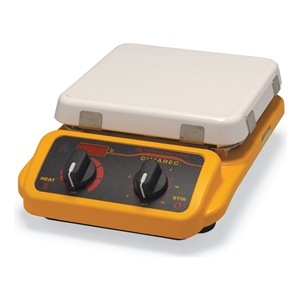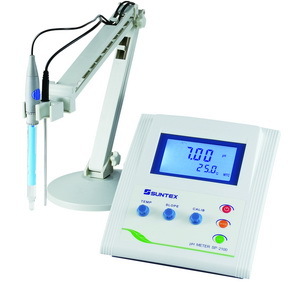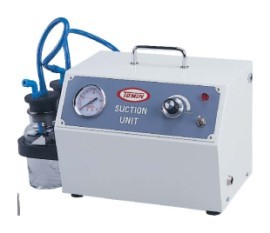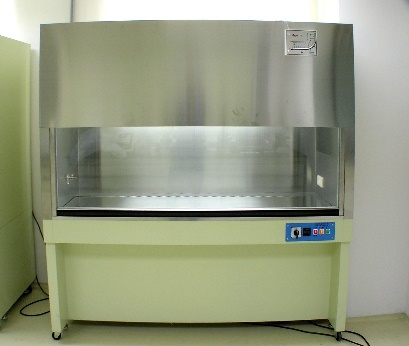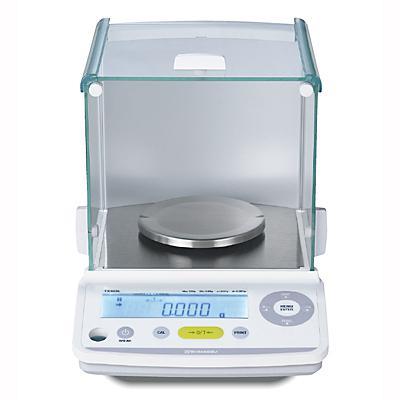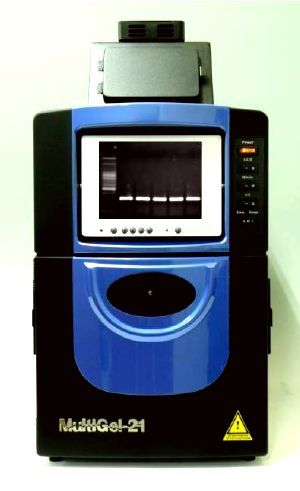|
The laboratory was established in 2015 and devoted to cardiovascular research divided into three main aspects, including clinical trials, animal studies and molecular biology studies. The main research fields are as follows:
- Clinical trails
Our clinical research interests focus on exercise intervention in cancer population and respiratory muscle training in surgical patients with a particular interest in cardiorespiratory function.
- Chemotherapy as one of anti-cancer treatments not only destroys cancer cells but also induces side effects and major organ dysfunctions. Studies has shown cardiovascular disease has exceed cancer itself as the leading cause of death in cancer survivors. Therefore, alleviation of treatment-related side effects and risk of cardiovascular disease are of particular concern in ultimate cancer care. Our studies aim to investigate the effect of multimodal exercise intervention on prevention of declination of physical function, exercise capacity, and cardiac function in breast, head and neck cancer patients to improve clinical cancer care and quality of life in cancer population.
- Researches concerning about the effect of inspiratory muscle training on upper abdominal surgery patients are insufficient. Thus, we aim to study the effect of inspiratory muscle training early before and after surgery and evaluation of the training effects by cardiopulmonary exercise stress test and diaphragmatic ultrasonography. We sought to investigate the effect of inspiratory muscle training on diaphragm function, surgical complication and exercise endurance to optimize surgical care throughout upper abdominal surgery.
- Previous studies have found reduction in pulmonary function in osteoporotic vertebral compression fractures patients due to restriction of chest wall and lung expansion. Our research aims to investigate pulmonary function change through percutaneous vertebroplasty and evaluate the therapeutic effect of chest therapeutic exercise.
- Animal study
- To evaluate the mechanism of cardiotoxicity and cardiopulmonary function of SD rat by running training and it is expected that it would relieve the side effect of chemotherapy.
- We establish a model of myocardial infarction in rats and to investigate the cardiovascular inflammatory response and physiological parameters after drug treatments. In order to understand the improvement status of physiological parameters, we use cardiac ultrasound, blood test to analyze the data.
- Cellular biology in cardiovascular research
- Many studies have reported that oxidized low-density lipoprotein (oxLDL) can cause atherosclerosis damage. The positive regulation of oxidative stress and the generation of reactive oxygen species (ROS) are the keys factors to vascular atherosclerosis. It’s found that most oxidative stress is associated with oxidized low-density lipoprotein receptor 1 (LOX-1), protein kinase C beta (protein kinase C beta), and NAD-dependent deacetylase Sirtuin-1 (SIRT- 1). Protein kinase B (AKT), AMP-dependent protein kinase (AMPK), and endothelial nitric oxide synthase (eNOS).
- HHcy (hyperhomocysteinaemia) is one of the major risk factors for cardiovascular diseases. Homocysteine (Hcy) may induce mitochondrial dysfunction and disturb bone metabolism. LOX-1 (lectin-like oxidized low-density lipoprotein receptor 1) plays a vital role in regulating the progression of atherosclerotic lesions. LOX-1 activation causes endothelial apoptosis and inflammation. Our data indicate a new direction for LOX-1 regulation by the modulation of the PKCβ/NAPDH oxidase/SIRT1/HSF1 mechanism. Our findings might provide a novel route for developing new therapeutic treatments for HHcy.
- Atherosclerosis is believed to be an independent predictor of cardiovascular diseases. A growing body of evidence suggests that quercetin is a potent antioxidant and anti-inflammatory compound. Quercetin suppresses oxLDL-induced endothelial oxidative injuries by activating SIRT1 and modulating the AMPK/NADPH oxidase/AKT/endothelial NO synthase signaling pathway.
- This kind of anti-breast cancer drugs would induce endothelial dysfunction in endothelial cells. We investigate the pathway of oxidative stress by regulating protein kinase C beta, and it was found that protein kinase C inhibitors can repair endothelial endothelial cells damage caused by anti-breast cancer drugs.
- We demonstrated that IL-20 was able to mediate H/R-induced apoptosis via PKC/NADPH oxidase/AKT signaling. Our findings implied that IL-20 was responsive to H/R stress in vitro and in rat hearts undergoing I/R injury, and this upregulation of IL-20 may contribute to the apoptosis of cardiomyocytes.
- Core skill of Lab research
- Cardiopulmonary exercise stress test and analysis
- Exercise prescription and cardiovascular physiology
- Diaphragmatic ultrasonography
- Cardiopulmonary physical therapy
- Rat Myocardial infarction model
- Rat treadmill training
- Rat gavage skill
- Rat low level laser treatment
- Lab members
Director: KUN-LING TSAI
Postdoctoral researcher: WAN-CHING CHOU
Full time research assistants: HUI-CHING CHENG, HSIN-LUN YANG
Students: YU-TING HUANG, ZHI-XIANG WU
This laboratory uses three studies for clinical patients, animal movement patterns and myocardial infarction patterns, and cellular and molecular biological classes to explore the physiological and pathological mechanisms of cardiovascular disease, and discusses after arteriosclerosis by drug treatment The heart protection mechanism hopes to make an important contribution to cardiovascular related diseases in clinic.
|

